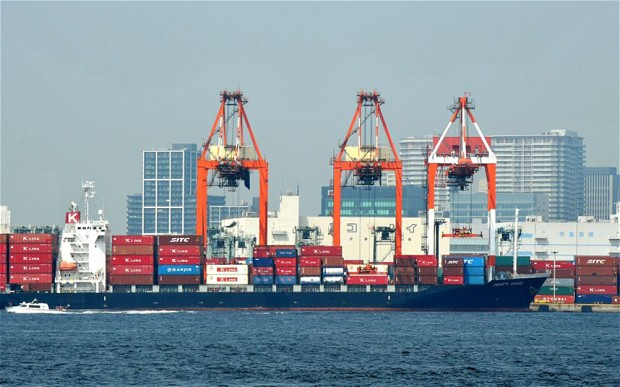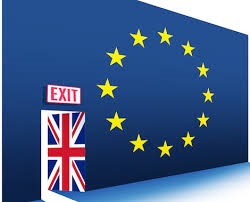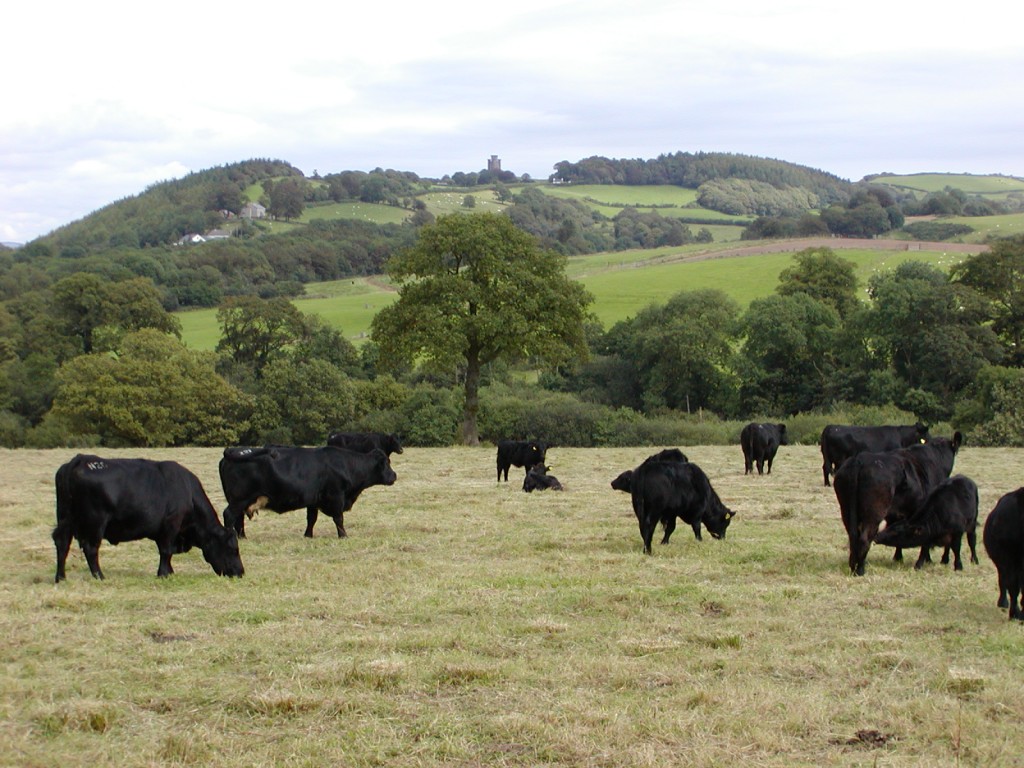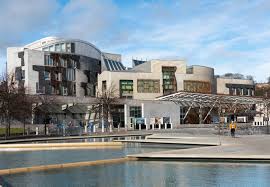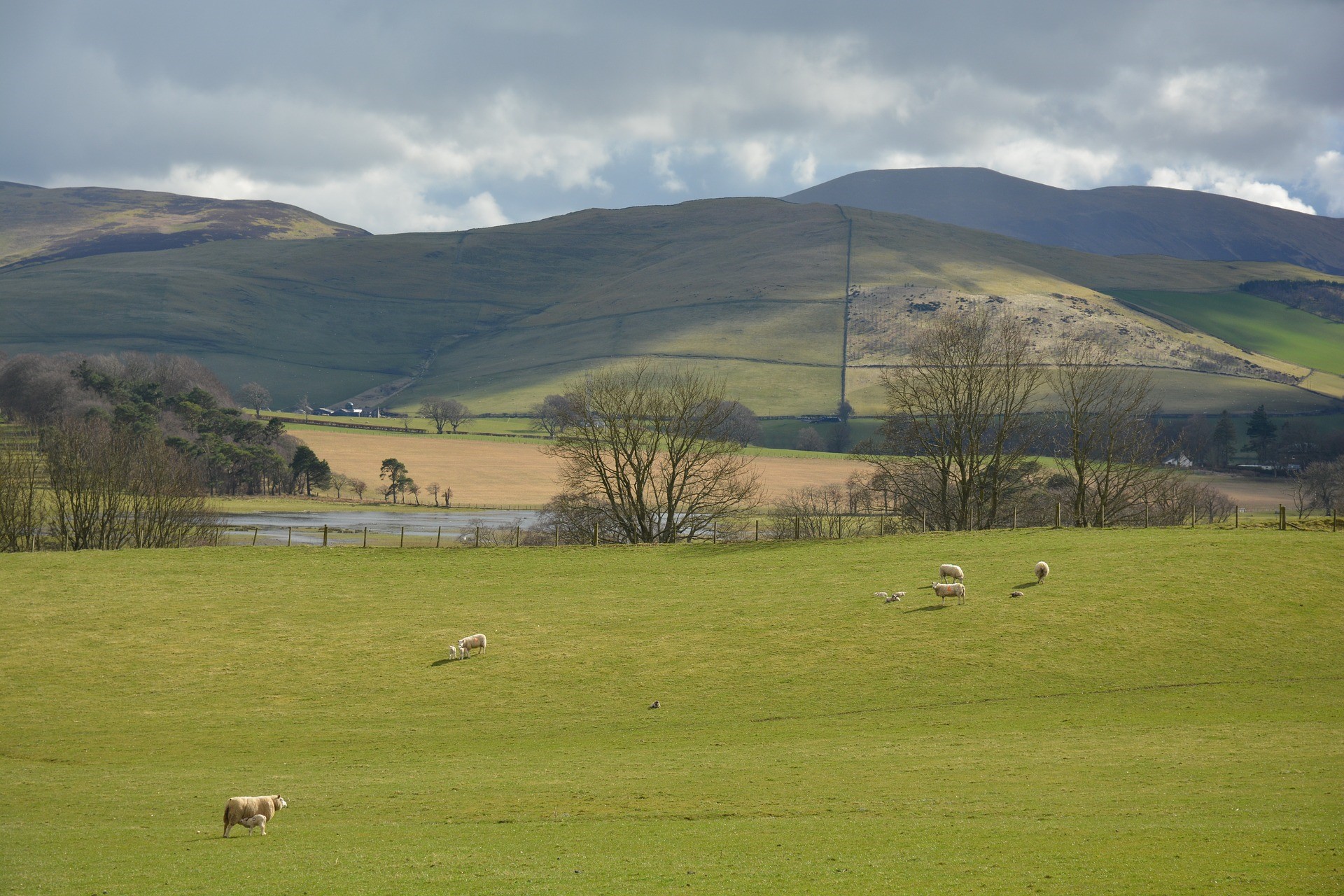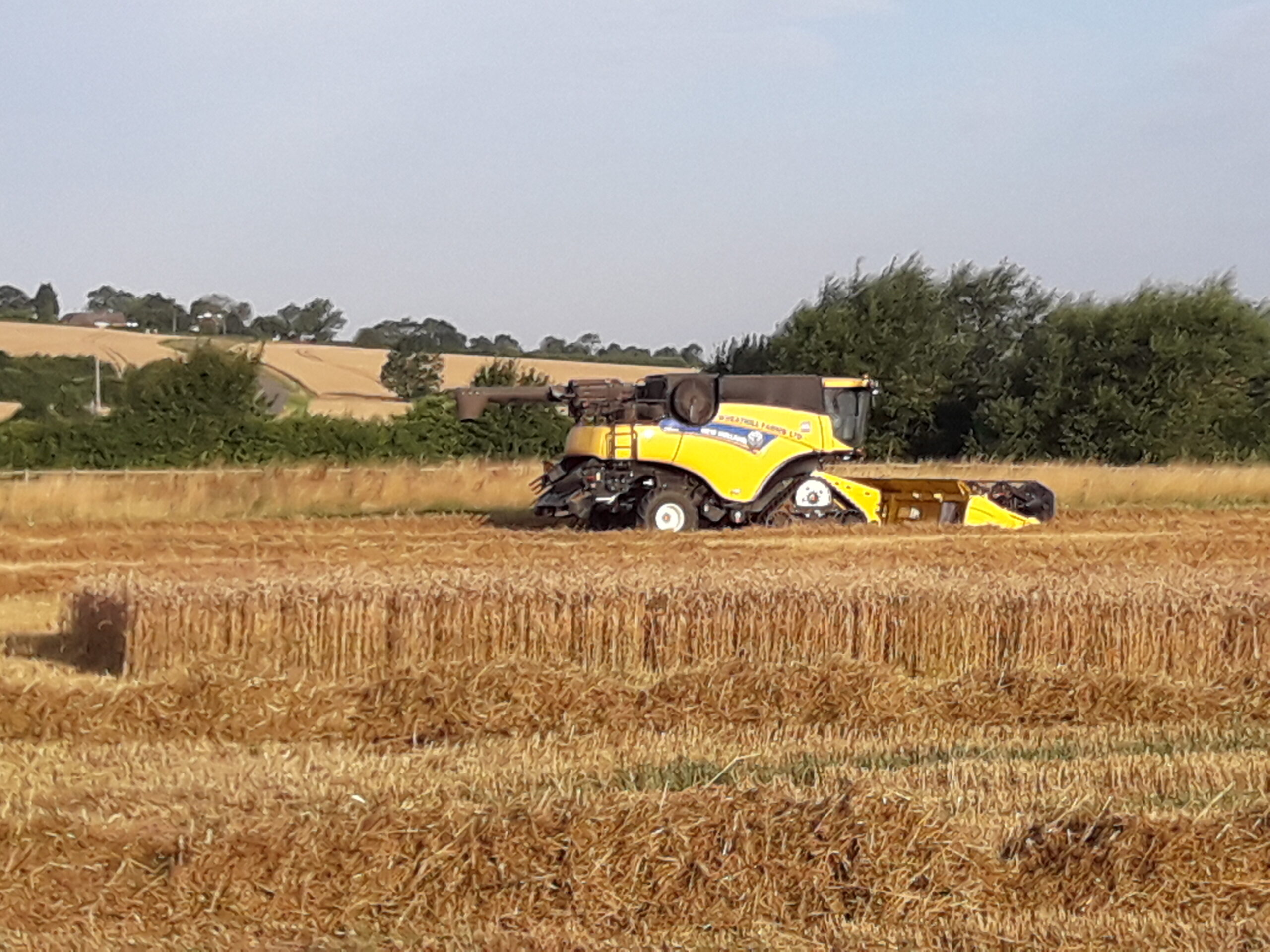The Chancellor, Rishi Sunak, delivered the Comprehensive Spending Review (CSR) on the 25th November. Originally, this was meant to set out the budgets for Government departments for the next three years. However, the economic uncertainty generated by the Covid-19 outbreak has seen the budgeting period reduced to just one year.
The general economic news is grim. The economy is set to shrink by 11.3% this year (2020-21) – this is the largest fall for 300 years. A recovery is then forecast with 5.5% growth in 2021-22 and 6.6% the following year. Unemployment is forecast to increase from 1.62 million (4.4%) currently to 2.6 (7.5%) million by the middle of 2021. It will then decline. In terms of public finances the UK is forecast to borrow £394bn this year – a peacetime record. For some context, the maximum borrowed in the wake of the Financial Crisis was around £150bn, and the average in recent years has been below £50bn. Whilst this money has been raised at low interest rates, the books will have to be balanced at some point – indicating future tax rises. The Chancellor gave no real indication in the CSR what these might look like – putting-off such decisions until the planned Spring Budget, by which time the Covid situation may be more stable.
Below is a list of some specific points from the CSR with relevance to farm businesses and rural areas more generally. (However, as the CSR runs to 122 pages we may have missed one or two relevant issues);
- Defra’s ‘settlement’ will ‘ensure total farm support in England of £2.4 billion in 2021-22 to meet the government’s commitment to maintain the current annual budget to farmers in every year of this Parliament’.
- Under the Barnett formula, this should mean that farm support funding has also been maintained at current levels in Scotland, Wales and Northern Ireland. However, a row has broken out with the devolved administrations claiming that their funding has actually been cut. It is claimed that the Treasury has used a ‘flawed methodology’ that bases the payments on a single year when some funds went unspent. Also, inter-Pillar transfers have not been properly accounted for and amounts have been ‘netted-off’. In total Farm Ministers in Wales, Scotland and Northern Ireland believe that they will lose almost £400m of funding between 2021 and 2025.
- Defra’s capital budget will increase by £0.6 billion in cash terms next year, taking the total to £5.8 billion. There will be additional investment in flood prevention and science capability.
- The CSR outlines a lot of new infrastructure spending. This will affect many landowners in specific locations where new roads etc. are being planned. There is a new National Infrastructure Strategy (NIS) – see https://www.gov.uk/government/publications/national-infrastructure-strategy. Also, there will be a New Infrastructure Bank to catalyse private investment in infrastructure projects across the UK
- There will be a £4bn ‘Levelling-up Fund’ in England for local infrastructure (e.g. town bypasses). Amounts for Scotland Wales and NI through the Barnett formula.
- Digital infrastructure will also receive extra funding including Shared Rural Network for 4G coverage, and better rural Broadband connections
- More details of the Shared Prosperity Fund were announced which is set to replace EU funding (including Rural Development funding). This will be £1.5bn per year but looks unlikely to be available until 2022; pilots will take place in the meantime. More details are promised in the spring but it is headlined as supporting ‘ex-industrial areas, deprived towns and rural and coastal communities’. The focus seems to be more on training than on business grants. Given this, and the focus on other areas aside from rural ones, the level of ‘diversification grants’ looks set to be much lower than it was under Rural Development programmes.
- The National Living Wage (NLW) will rise by 2.2% from £8.72 to £8.91 per hour from April 2021. It will also now apply to those 23 and above. Other Minimum Wage rates will also increase.
- Income Tax Personal Allowance and Higher Rate Thresholds for 2021-22 will be increased in line with the September CPI figure. This figure will also be used for setting National Insurance thresholds
- The Business Rate multiplier will be frozen for 2021-22.

